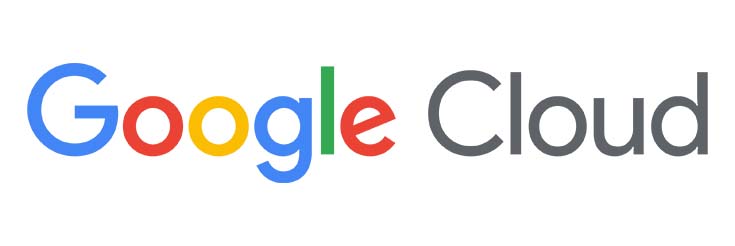User-Friendly Cybersecurity is Key in a Hybrid Landscape
Fending off cyberattacks is now an inevitable reality for agencies. But they must implement the tools necessary to stay one step ahead of nefarious actors through easy-to-use cybersecurity methods.
Presented by
Google Cloud

As tensions continue to rise in Eastern Europe, the threat of cyberattacks is increasingly prevalent. An emergency statement from the Biden Administration has called for agencies to prioritize bolstering their cybersecurity postures to effectively prevent and fight hacks, as well as “build security into your products from the ground up” to ensure long-term protection.
“Unfortunately, we've been hearing about all kinds of cyberattacks recently, everything from spear phishing, hacking, or ransomware,” says Katie Tobin, head of Workspace Innovation for Google Workspace’s Public Sector team. “Especially at the state and local level, it's often through an employee's email that bad actors gain access, or sometimes even through Wi-Fi.”
Layered security systems can ultimately hinder employee productivity and increase risk of attacks. To prevent ransomware attacks and secure workflows that provide both admin and end user peace of mind, agencies should implement seamless, built-in cybersecurity measures at every level.
Security Shouldn’t Compromise Efficiency
In 2021 alone, over 800,000 Americans reported a cyberattack or other malicious cyber activity. Particularly for agencies, the stakes of these attacks are incredibly high: sensitive information can be exposed or lost and essential public services can come to a halt. But as critical as it is to find ways to prevent breaches, Tobin states that security implementation is symbiotic to the strategy and needs a user-friendly system that is comprehensive and intuitive.
“If a security system isn’t user-friendly, it can prevent people from doing their jobs properly and cause them to look for workarounds, which ultimately could make them — and their organizations — vulnerable,” she says. “It becomes a zero-sum game between productivity and security.”
For example, she states that when password requirements are too arduous, employees tend to forget their password, requiring a whole host of new steps to reenter the system and preventing them from accessing their work quickly. Or, employees tend to reuse old passwords, making it easier for hackers to discover. Tobin also notes that if administrators excessively block unfamiliar website links and email attachments, it can hinder productivity and collaboration.
“We need to put up enough barriers so that we’re safe, but not so many barriers that we can't get our work done,” she says. “You don't have to have those trade-offs; with the right tools, work can become more efficient and more secure.”
The Future of Cybersecurity
Google Cloud’s solution to cybersecurity in an increasingly unpredictable landscape is Work Safer, a comprehensive solution that eases the burden on agency IT departments while allowing them to implement a stronger security posture while continuing to deliver the productivity tools teams need.
Work Safer unifies a variety of capabilities to seamlessly weave together the admin and end-user experience, such as “the cloud-native, zero-trust solutions of Google Workspace with BeyondCorp Enterprise for secure access with integrated threat and data protection.” Work Safer also provides agencies with secured devices like Pixel phones managed with Android Enterprise, Chrome Enterprise Upgrade, and HP Chromebooks to consistently safeguard workflows from any location. Employee accounts are secured with Google's Titan Security Keys, reCAPTCHA bolsters fraud prevention and Chronicle provides security analytics.
In addition, Work Safer's inclusion of Workspace Enterprise Plus is FedRAMP High, ensuring the highest level of security to agencies with even the most sensitive data.
“Work Safer in general is a great way for government agencies to very quickly become a lot more secure, without putting any more burden on their employees,” says Tobin, explaining that day-to-day functions like emails, chat messages, documents and meetings will have constant security beyond just a username and password, so agency employees can work freely knowing their information is secure.
Ultimately, the program provides endpoint and network protection against phishing, malware, ransomware and other cyberattacks all in one user-friendly package.
“With Work Safer, security underlays your entire infrastructure,” she says. “It’s essentially taking care of all the protection in the background so employees can focus on the work that matters most.”
Learn more about how Work Safer can seamlessly secure your agency.
This content is made possible by our sponsor. The editorial staff was not involved in its preparation.
NEXT STORY: Putting People First: Setting the Stage for Productivity in Hybrid Workplaces



